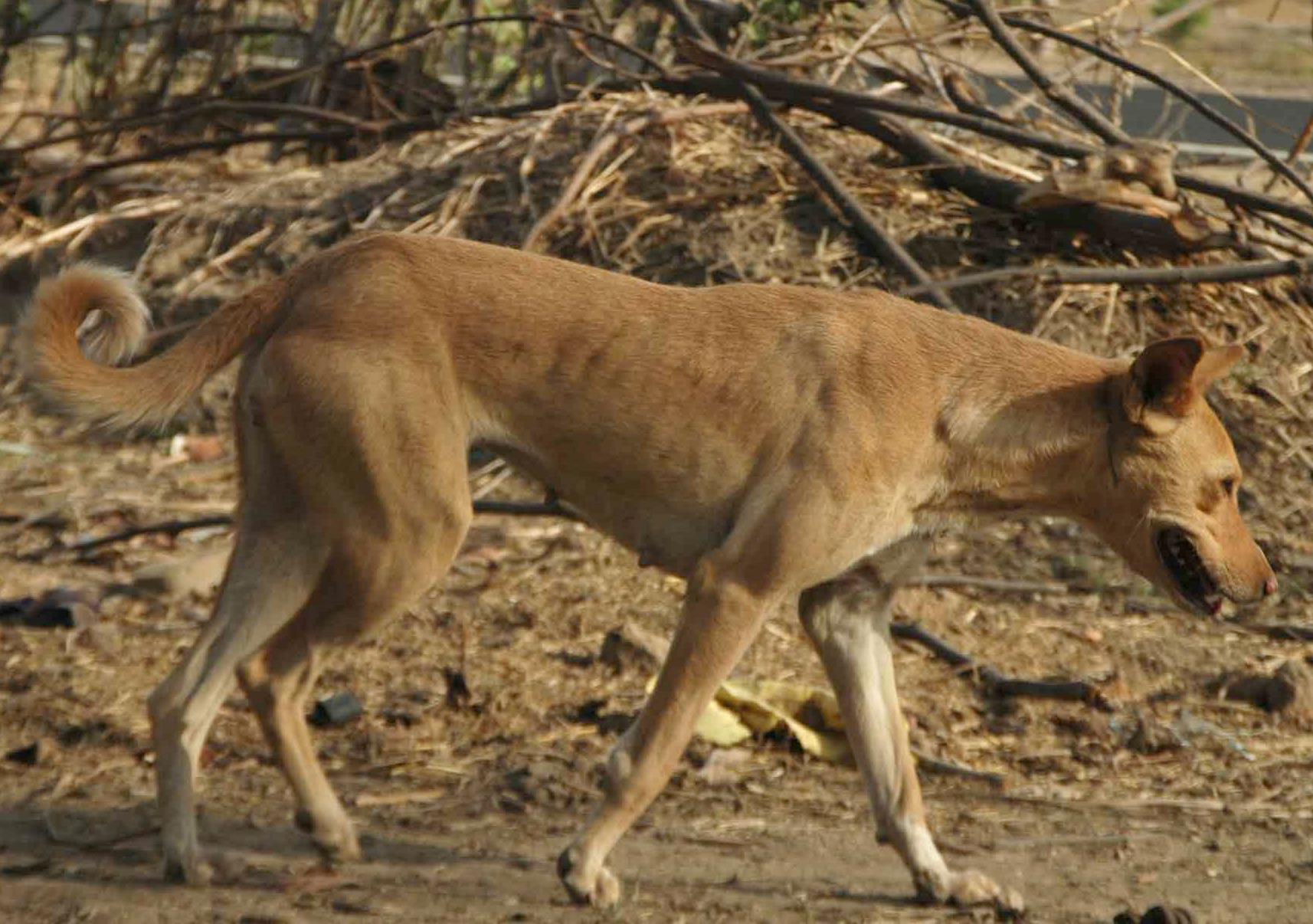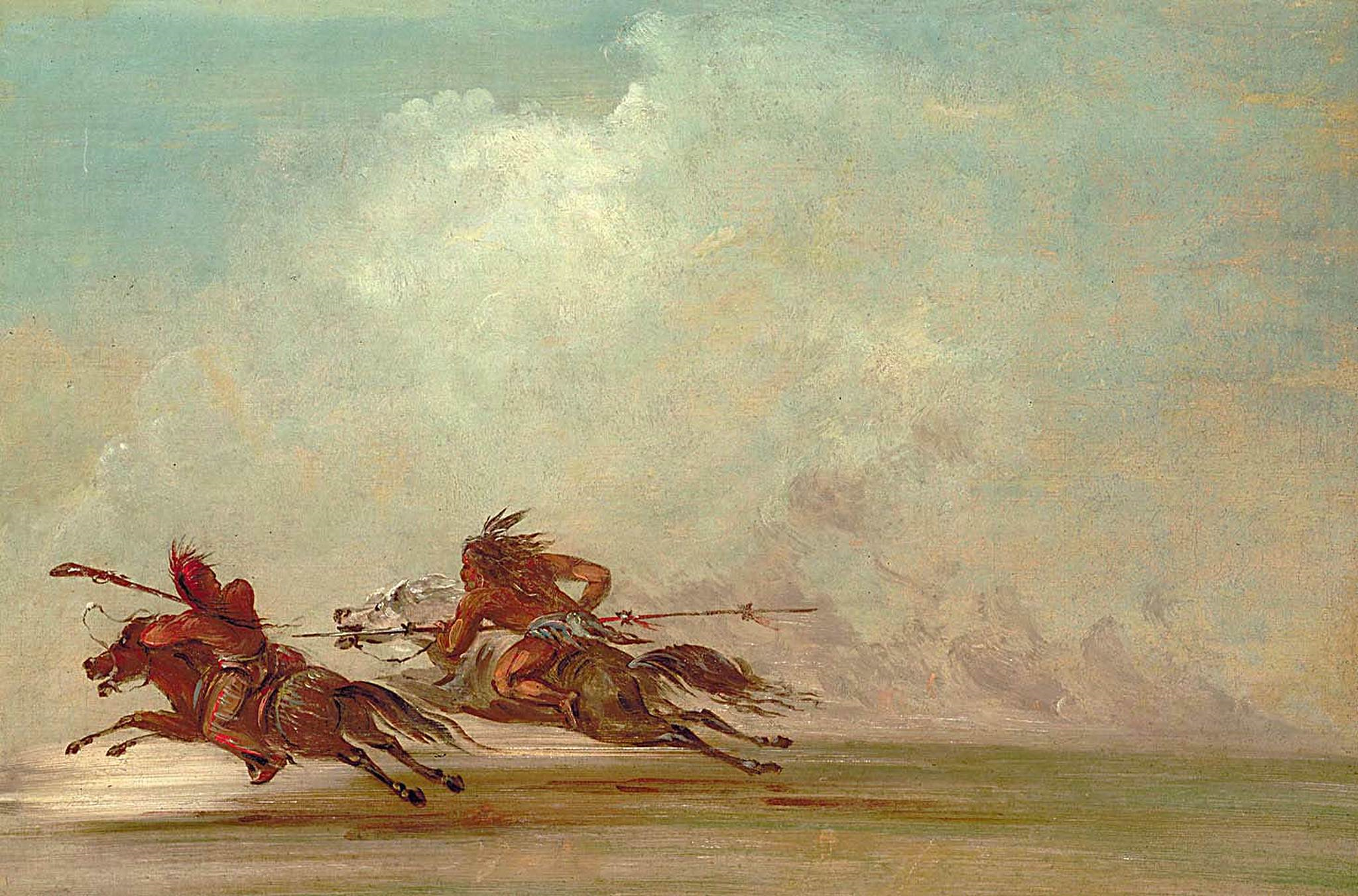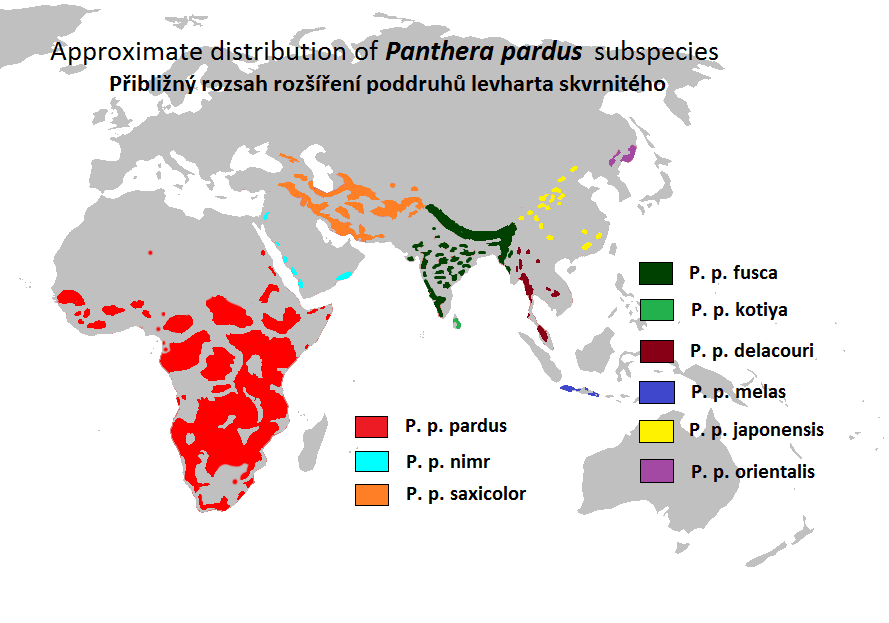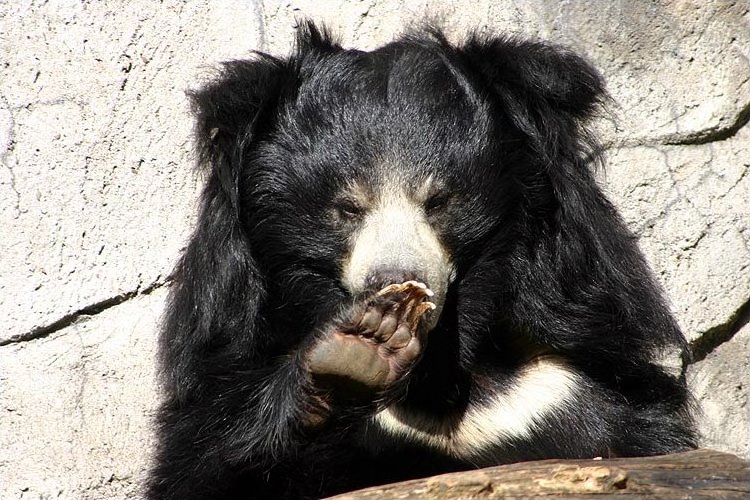|
This Is The Jungle
Kenneth Douglas Stewart Anderson (8 March 1910 – 30 August 1974) was an Indian writer and hunter who wrote books about his adventures in the jungles of South India. Biography Kenneth Anderson was born in Bolarum, Secunderabad and came from a Scottish family that settled in India for six generations. His father Douglas Stuart Anderson was superintendent of the F.C.M.A. in Poona, Bombay Presidency and dealt with the salaries paid to military personnel, having an honorary rank of captain. His mother Lucy Ann Taylor née Bailey was the grand-daughter of John Taylor who, for his services, had been gifted land in Bangalore by Sir Mark Cubbon. Douglas like most Scottish soldiers took an interest in sport hunting and influenced Kenneth's interest in the outdoors and hunting. Anderson went to Bishop Cotton Boys' School and also studied at St Joseph's College, Bangalore. He was sent to study law at Edinburgh, Scotland but he quit studies and returned to India. He worked for fift ... [...More Info...] [...Related Items...] OR: [Wikipedia] [Google] [Baidu] |
Pariah Dog
Pye-dog, Desi Kutta or sometimes pariah dog, is a term used to describe an ownerless, half-wild, free-ranging dog that lives in or close to human settlements throughout Asia. The term is derived from the Sanskrit ''para'', which translates to "outsider". The United Kennel Club uses the term pariah dog to classify various breeds in a sighthound and pariah group. Gallery Image:Canaan_Dog.jpg, In Israel Image:Penang Feral Dog.jpg, In Malaysia Image:Wilde huendin am stillen.jpg, In Sri Lanka Image:Taiwan 2009 JinGuaShi Historic Gold Mine Stray Dog FRD 8919.jpg, In Taiwan See also * Canaan Dog * Carolina Dog * Dingo * Hare Indian Dog * Hawaiian Poi Dog * Indian pariah dog * Native American dogs * Rez dog * Sinhala Hound * Askal References Feral dogs Dog breeds originating in Asia {{Dog-stub ... [...More Info...] [...Related Items...] OR: [Wikipedia] [Google] [Baidu] |
Bishop Cotton Boys' School
Bishop Cotton Boys' School is an all-boys school for boarders and day scholars in Bengaluru, India, founded in the memory of Bishop George Edward Lynch Cotton, Bishop of Calcutta. The school is bordered by Residency Road, St Mark's Road, Lavelle Road and Vittal Mallya Road, and is spread over of land in the heart of Bangalore. School heads in the early days included George Uglow Pope, Herbert Pakenham-Walsh, S. T. Pettigrew, William Elphick, Iowerth Lowell Thomas and A. T. Balraj. The sister school Bishop Cotton Girls' School is located on the opposite side of St. Mark's Road. Origins The school's past extends back to the British Raj and the Victorian era with its beginnings in a house on High Grounds over which now stands the great ITC Windsor Hotel. It was started in 1865 by Rev. S T Pettigrew, the then Chaplain of St. Mark's Cathedral who had a vision of starting a school for the education of children of European and Anglo-Indian families. In his own words, he ... [...More Info...] [...Related Items...] OR: [Wikipedia] [Google] [Baidu] |
Kannada
Kannada () is a Dravidian language spoken predominantly in the state of Karnataka in southwestern India, and spoken by a minority of the population in all neighbouring states. It has 44 million native speakers, and is additionally a second or third language for 15 million speakers in Karnataka. It is the official and administrative language of Karnataka. It also has scheduled status in India and has been included among the country's designated classical languages.Kuiper (2011), p. 74R Zydenbos in Cushman S, Cavanagh C, Ramazani J, Rouzer P, ''The Princeton Encyclopedia of Poetry and Poetics: Fourth Edition'', p. 767, Princeton University Press, 2012, Kannada was the court language of a number of dynasties and empires of South India, Central India and the Deccan Plateau, namely the Kadamba dynasty, Western Ganga dynasty, Nolamba dynasty, Chalukya dynasty, Rashtrakutas, Western Chalukya Empire, Seuna dynasty, kingdom of Mysore, Nayakas of Keladi, Ho ... [...More Info...] [...Related Items...] OR: [Wikipedia] [Google] [Baidu] |
Sathya Sai Baba
Sathya Sai Baba (born Ratnakaram Sathyanarayana Raju; 23 November 192624 April 2011) was an Indian godman, guru and philanthropist. At the age of 14, he claimed to be the reincarnation of Shirdi Sai Baba and left his home saying "my devotees are calling me, I have my work". Sathya Sai Baba's followers have attributed to him a range of miraculous abilities, including the materialisation of '' Vibhuti'' (holy ash) and other small objects such as rings, necklaces, and watches. He was also believed to have performed spontaneous healings, resurrections, and exhibited clairvoyant abilities. Additionally, claims were made regarding his ability to be in multiple places simultaneously ( bilocation), as well as his omnipresence, omnipotence, and omniscience. Sathya Sai Baba's devotees include members of all religions. In 1972, Sathya Sai Baba founded the Sri Sathya Sai Central Trust. Through this organization, Sathya Sai Baba established a network of free, general, and superspeci ... [...More Info...] [...Related Items...] OR: [Wikipedia] [Google] [Baidu] |
Survival Skills
Survival skills are techniques used to sustain life in any type of natural environment or built environment. These techniques are meant to provide basic necessities for human life, including water, food, and shelter. Survival skills also support proper knowledge and interactions with animals and plants to promote the sustaining of life over time. Survival skills are basic ideas and abilities that ancient people invented and passed down for thousands of years. Today, survival skills are often associated with surviving in a disaster situation. Outdoor activities such as hiking, backpacking, horseback riding, fishing, and hunting all require basic wilderness survival skills, especially to handle emergencies. Individuals who practice survival skills as a type of outdoor recreation or hobby may describe themselves as survivalists. Survival skills are often used by people living off-grid lifestyles such as homesteaders. Bushcraft and primitive living are most often self-imp ... [...More Info...] [...Related Items...] OR: [Wikipedia] [Google] [Baidu] |
Tribe
The term tribe is used in many different contexts to refer to a category of human social group. The predominant worldwide use of the term in English is in the discipline of anthropology. The definition is contested, in part due to conflicting theoretical understandings of social and kinship structures, and also reflecting the problematic application of this concept to extremely diverse human societies. Its concept is often contrasted by anthropologists with other social and kinship groups, being hierarchically larger than a lineage or clan, but smaller than a chiefdom, ethnicity, nation or state. These terms are similarly disputed. In some cases tribes have legal recognition and some degree of political autonomy from national or federal government, but this legalistic usage of the term may conflict with anthropological definitions. In the United States (US), Native American tribes are legally considered to have "domestic dependent nation" status within the territorial ... [...More Info...] [...Related Items...] OR: [Wikipedia] [Google] [Baidu] |
Striped Hyena
The striped hyena (''Hyaena hyaena'') is a species of hyena native to North and East Africa, the Middle East, the Caucasus, Central Asia, and the Indian subcontinent. It is the only extant species in the genus ''Hyaena''. It is listed by the IUCN as near-threatened, as the global population is estimated to be under 10,000 mature individuals which continues to experience deliberate and incidental persecution along with a decrease in its prey base such that it may come close to meeting a continuing decline of 10% over the next three generations. It is the smallest of the bone-cracking hyenas and retains many primitive viverrid-like characteristics lost in larger species, having a smaller and less specialised skull. Though primarily a scavenger, large specimens have been known to kill their own prey, and attacks on humans have occurred in rare instances. The striped hyena is a monogamous animal, with both males and females assisting one another in raising their cubs. A nocturnal ... [...More Info...] [...Related Items...] OR: [Wikipedia] [Google] [Baidu] |
Dhole
The dhole ( ; ''Cuon alpinus'') is a canid native to South, East and Southeast Asia. It is anatomically distinguished from members of the genus ''Canis'' in several aspects: its skull is convex rather than concave in profile, it lacks a third lower molar, and the upper molars possess only a single cusp as opposed to between two and four. During the Pleistocene, the dhole ranged throughout Asia, with its range also extending into Europe (with a single putative, controversial record also reported from North America) but became restricted to its historical range 12,000–18,000 years ago. It is now extinct in Central Asia, parts of Southeast Asia, and possibly the Korean peninsula and Russia. Genetic evidence indicates that the dhole was the result of reticulate evolution, emerging from the hybridization between a species closely related to genus ''Canis'' and one from a lineage closely related to the African wild dog (''Lycaon pictus''). The dhole is a highly social ani ... [...More Info...] [...Related Items...] OR: [Wikipedia] [Google] [Baidu] |
Bison
A bison (: bison) is a large bovine in the genus ''Bison'' (from Greek, meaning 'wild ox') within the tribe Bovini. Two extant taxon, extant and numerous extinction, extinct species are recognised. Of the two surviving species, the American bison, ''B. bison'', found only in North America, is the more numerous. Although colloquially referred to as a buffalo in the United States and Canada, it is only distantly related to the true buffalo. The North American species is composed of two subspecies, the Plains bison, ''B. b. bison'', and the generally more northern wood bison, ''B. b. athabascae''. A third subspecies, the eastern bison (''B. b. pennsylvanicus'') is no longer considered a valid taxon, being a junior synonym of ''B. b. bison''. Historical references to "woods bison" or "wood bison" from the Eastern United States refer to this synonym animal (and to their eastern woodland habitat), not to ''B. b. athabascae'', wh ... [...More Info...] [...Related Items...] OR: [Wikipedia] [Google] [Baidu] |
Leopard
The leopard (''Panthera pardus'') is one of the five extant cat species in the genus ''Panthera''. It has a pale yellowish to dark golden fur with dark spots grouped in rosettes. Its body is slender and muscular reaching a length of with a long tail and a shoulder height of . Males typically weigh , and females . The leopard was first described in 1758, and several subspecies were proposed in the 19th and 20th centuries. Today, eight subspecies are recognised in its wide range in Africa and Asia. It initially evolved in Africa during the Early Pleistocene, before migrating into Eurasia around the Early–Middle Pleistocene transition. Leopards were formerly present across Europe, but became extinct in the region at around the end of the Late Pleistocene-early Holocene. The leopard is adapted to a variety of habitats ranging from rainforest to steppe, including arid and montane areas. It is an opportunistic predator, hunting mostly ungulates and primates. It relies on it ... [...More Info...] [...Related Items...] OR: [Wikipedia] [Google] [Baidu] |
Sloth Bear Of Mysore
The Sloth bear of Mysore was an unusually aggressive Indian sloth bear responsible for the deaths of at least 12 people and the mauling of two dozen others in 1957. It was killed by Kenneth Anderson, who described it in his memoirs ''Man-Eaters and Jungle Killers'': The reasons given to explain the Mysore sloth bear's unusual behaviour varied. Some of the natives within the bear's killing range thought that the bear was a sow taking revenge on humanity after her cubs were stolen. Others thought that it was a male which had previously abducted a young girl as its mate, only to have her rescued by the villagers, thus inciting the bear's anger. Kenneth Anderson believed that the bear had previously been injured by humans and altered its behaviour accordingly. First attacks The bear began its attacks in the Nagvara Hills, east to the town of Arsikere, 167 kolometres north-west of Bangalore in Mysore State. It made its home in the numerous boulder strewn hillocks, from whence ... [...More Info...] [...Related Items...] OR: [Wikipedia] [Google] [Baidu] |
Nature
Nature is an inherent character or constitution, particularly of the Ecosphere (planetary), ecosphere or the universe as a whole. In this general sense nature refers to the Scientific law, laws, elements and phenomenon, phenomena of the physical world, including life. Although humans are part of nature, human activity or humans as a whole are often described as at times at odds, or outright Anthropocentrism, separate and even superior to nature. During the advent of modern scientific method in the last several centuries, nature became the passive reality, organized and moved by divine laws. With the Industrial Revolution, nature increasingly became seen as the part of reality deprived from intentional intervention: it was hence considered as sacred by some traditions (Jean-Jacques Rousseau, Rousseau, American transcendentalism) or a mere decorum for divine providence or human history (Hegel, Marx). However, a vitalist vision of nature, closer to the pre-Socratic one, got reborn ... [...More Info...] [...Related Items...] OR: [Wikipedia] [Google] [Baidu] |









